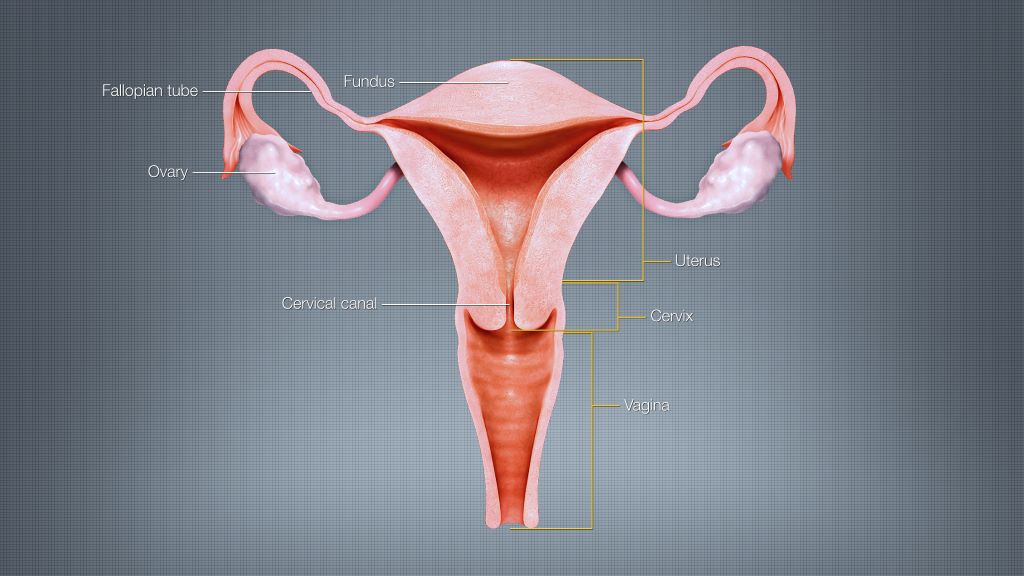Groundbreaking Ovarian Cancer Research Targets Cells that Fuel Tumour Growth

In a recent paper published in Nature, researchers at the University of Chicago discovered how to block nicotinamide N-methyl transferase (NNMT), an enzyme that is involved in the progression of high-grade serous ovarian cancer. The team showed that NNMT promotes cancer growth by helping the tumour evade the immune system, and they also developed a potent NNMT inhibitor that could help overcome therapy resistance, providing a new and effective strategy for treating ovarian cancer.
A common yet deadly form of ovarian cancer
High-grade serous ovarian cancer is the most common and deadly form of ovarian cancer. It is often diagnosed at advanced stages and is notoriously challenging to treat. Although surgery and chemotherapy initially provide substantial benefits, the cancer frequently recurs, leading to low survival rates. Immunotherapy, a breakthrough treatment for many cancers, has failed in ovarian cancer, largely because activity of surrounding cells has been programmed by the tumour to suppress the immune response. These cells, known as cancer-associated fibroblasts (CAFs), differ from normal fibroblasts, which play a vital role in supporting tissue integrity and facilitating wound healing. Instead, CAFs surround the tumor, offer protection, and release signals that weaken immune responses and promote metastasis.
“Most therapies focus on the cancer cells, but we are interested in the fibroblasts in the surrounding stroma. These cells don’t mutate like cancer cells, which makes them more stable and, we think, more targetable,” said Ernst Lengyel, MD, PhD, Professor and Chair of Obstetrics and Gynecology at UChicago and lead author of the paper. “We have pinpointed the mechanism behind CAF activation and found a drug that can halt it in its tracks.”
NNMT: A master regulator
In a landmark 2019 Nature study, Lengyel’s team showed that NNMT, a metabolic enzyme, is highly expressed in CAFs and converts normal fibroblasts into tumour-promoting fibroblasts by changing epigenetic and metabolic programming. The new Nature study demonstrates how NNMT promotes immune evasion and how to stop it. The UChicago team discovered that NNMT-expressing CAFs secrete complementary proteins, which convert monocytes (a type of white blood cells) into myeloid-derived suppressor cells (MDSCs).
“The enzyme NNMT induces widespread epigenetic changes in fibroblasts that promote tumour growth. Inhibiting NNMT has the potential to reverse these changes and reduce the tumour-supportive role of fibroblasts,” says Janna Heide, MD, a postdoctoral researcher in the Lengyel Lab and first author of the study.
Better results with combined NNMT inhibitor and immunotherapy
To translate these findings into treatment, the team collaborated with scientists at the National Center for Advancing Translational Sciences (NCATS) and the National Cancer Institute (NCI) Experimental Therapeutics (NExT) program, which supports early-stage drug development with high translational potential. After screening over 150 000 compounds, they identified a highly targeted NNMT inhibitor. In preclinical animal models of ovarian cancer, the NNMT inhibitor decreased tumour burden and restored immune activity. Most importantly, when the inhibitor was combined with immune checkpoint inhibitors, it halted tumour growth.
Historically, drug development has focused almost entirely on cancer cells. This study demonstrates that non-cancerous cells in the tumour microenvironment can also play a crucial role in disease progression and treatment resistance. Targeting CAFs through NNMT inhibition offers a new therapeutic approach to overcome these barriers.
“Immunotherapy hasn’t worked in ovarian cancer, but the combination therapy of an NNMT inhibitor with immunotherapy worked remarkably well in our preclinical models,” Lengyel said. “It was exciting to show that tumor growth can be controlled without even touching the cancer cells, just by reprogramming the supporting cells around them.”
Lengyel said this research was only possible through the partnership with the National Center for Advancing Translational Sciences and the collaborative spirit at the UChicago, particularly with Ralph Weichselbaum, MD, Chair of the Department of Radiation Oncology, an expert in immune regulation, and his team, including postdoctoral researcher András Piffkó, MD. This work is part of Lengyel’s broader efforts to transform ovarian cancer treatment, supported by an NCI Outstanding Investigator Award (R35), which funds long-term, high-impact research with the potential to change clinical practices.
“Without NIH funding, we simply couldn’t have accomplished this,” Lengyel said. “It allowed us to take risks, innovate, and ultimately develop something that might help patients.”
Source: University of Chicago Medicine





